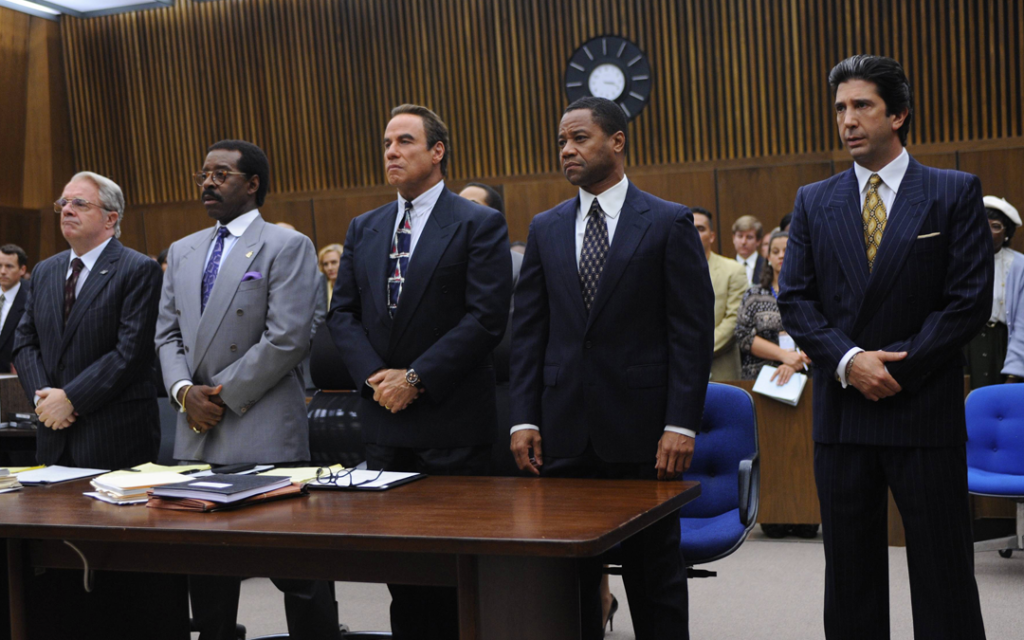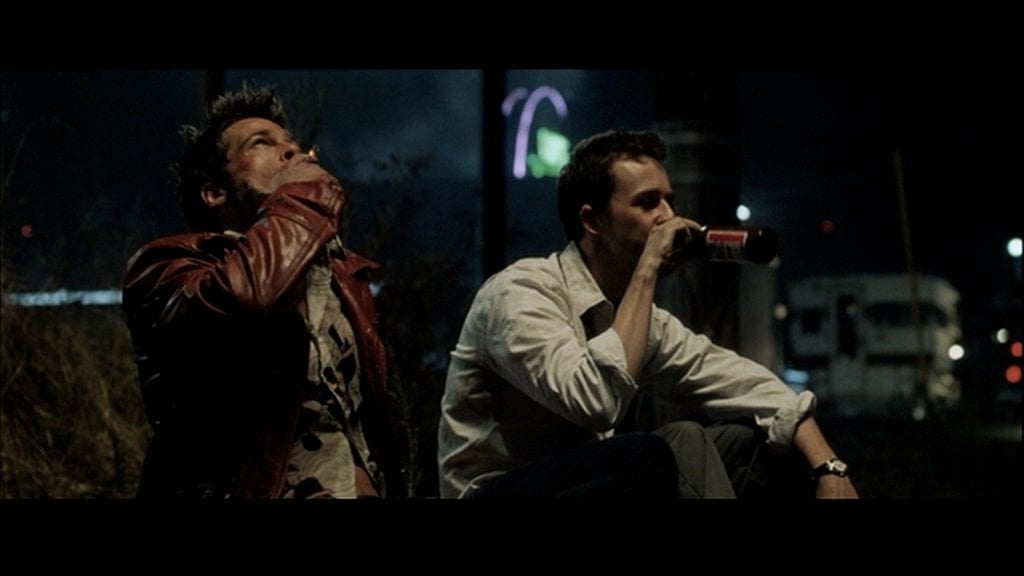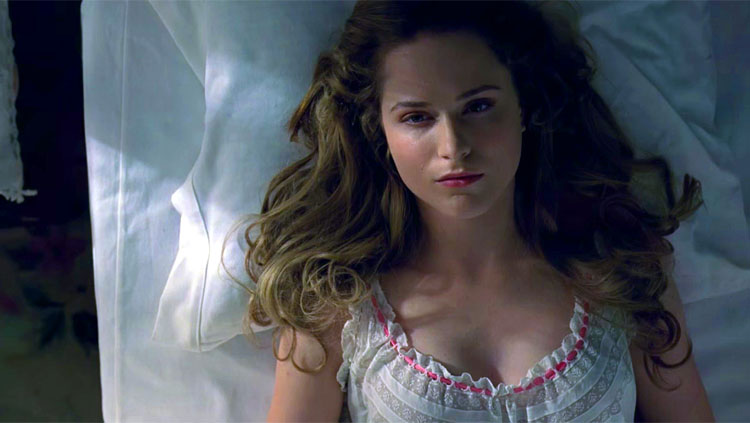Creating Setups and Payoffs That Stick
November 16, 2016
Creating setups and payoffs can feel a bit like courting your audience. When they’re heavy-handed and obvious, they’re like the hopeful beau who goes overboard to impress someone with concert tickets and a limo, only to hear crickets. But find the right combination of foreshadowing and remembrance, and you’re greeting your partner after work with music from a favorite artist, complete with spring rolls from that tucked-away takeout spot you both love so much.
As storytellers and moviegoers, we crave connection – and these early touches that pay off later foster that feeling. Done well, they trust an audience to pay attention to details, then reward them when they do. No matter the genre, they can create a burst of recognition, even a smile. Dramas use setups and payoffs to great effect to show character growth, but they’re common in thrillers and mysteries, too, usually to provide clues. Unfortunately, when they’re clumsy, like the cell-phone service dropping out whenever characters crossed a bridge in What Lies Beneath , they’re all but missing a blinking sign that reads, "Important later!"A setup-and-payoff combination can involve an object, a line of dialogue, an action – or all three. The rock hammer Andy Dufresne (Tim Robbins) asks for early in The Shawshank Redemption to dabble in geology while in prison turns out to be the way he tunnels through the wall over decades. The line “I gotta go see about a girl” in Good Will Hunting first appears when Sean (Robin Williams), Will’s therapist, relates how he met his late wife; Will (Matt Damon) later repeats it as his farewell to show he’s ready to be vulnerable in love and to thank Sean for his friendship.
One setup can even result in multiple payoffs, such as in the sci-fi comedy-adventure Guardians of the Galaxy. Only after protagonist Peter Quill (Chris Pratt) finds a new family with his teammates can he open the wrapped gift his mother gave him on her deathbed years earlier, revealing his newfound maturity, another mixtape of her favorite music to keep her memory alive – and the source of his “Star-Lord” moniker.
The new film Hacksaw Ridge uses a combination of objects, dialogue, and action to show the growth of war hero Desmond T. Doss (Andrew Garfield) and how he earns the respect of the soldiers around him. Based on a true story, the film dramatizes how Doss, a US Army medic and conscientious objector, singlehandedly saved 75 men while unarmed and under enemy fire during the Battle of Okinawa in World War II.
Please note: Spoilers follow.
Doss joins the military in spite of his religious and personal beliefs against handling firearms because of a selfless desire to help the wounded. At first, this confounds his superiors, who remind him that war and killing go hand in hand.
“I’m sorry. I can’t touch a gun,” Doss says, noting that as a Seventh-day Adventist, he also can’t work on Saturdays because that’s when he observes the Sabbath.
His superior, Captain Glover (Sam Worthington), scoffs and asks if there’s any other way the Army can accommodate him before snapping, “As long as you’re in my company, under my command, you’ll obey my orders without question.”
Avid filmgoers and skilled writers pride themselves on spotting an obvious setup, but this one comes across in the film as subtle, partly because of the context. (The people around Doss find his beliefs so incongruous that he’s forced to repeat them, even at a court martial, which reads more as a demonstration of his fortitude than something that’s "Important later!").
Yet by the end of the film, Doss breaks both of his ground rules. First, he uses a semiautomatic rifle wrapped in the edge of a blanket as a makeshift litter to hustle his wounded sergeant (Vince Vaughn) off the battlefield. By then, we’re so accustomed to Doss’s convictions that we’re as startled as the sergeant to see the young medic pick up the weapon.
Breaking his Sabbath rule provides the film’s emotional climax. Once Doss is off the ridge with the men he saved, Glover calls his rescue efforts nothing short of a miracle, then makes a gentle request.
“I know tomorrow is your Sabbath,” the captain says, but the soldiers have to go back up the ridge the following day to fight again. Will Doss come with them? “They’re not going up there without you.”
After a few moments of quiet prayer the next morning, Doss does.
Screenwriter, author, script consultant, and teacher Drew Yanno says that he finds setups and payoffs work best when they’re separated, allowing the audience to become wrapped up in the story enough that they “forget” about the seed(s) you’ve planted.
Still, subtlety is key. James Bond receiving a gadget with the very acid/explosive/x-ray/tracking device that he needs at some point during his mission? Not very subtle.
Yanno suggests coming up with the payoff first, then backtracking to see where you can insert the setup that leads to what you want to reveal.
That way, you’re guaranteed the “Wow!” that will stick with your audience.
Written by: Valerie Kalfrin
Valerie Kalfrin is an award-winning crime journalist turned entertainment writer, screenwriter and emerging script consultant. A member of the Florida Film Network, she has written for The Guardian, Bright Wall Dark Room, The Script Lab, Signature Reads, and The Tampa Bay Times, among other publications. Find her at valeriekalfrin.com.



